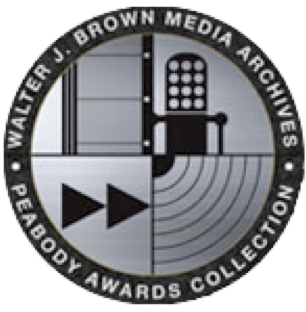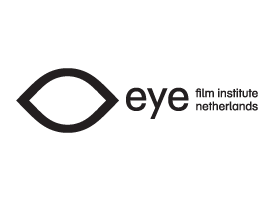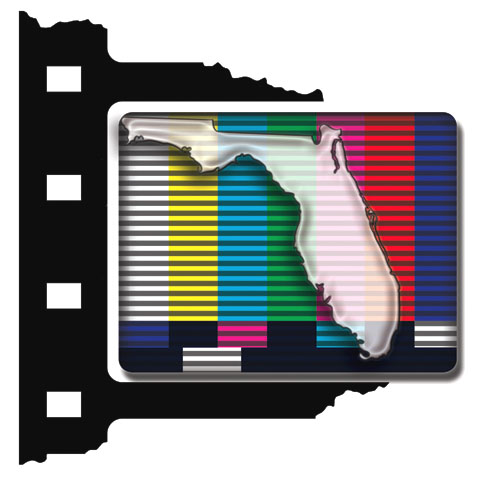The Library is home to more than 1.1 million film, television, and video items. With a collection ranging from motion pictures made in the 1890s to today’s TV programs, the Library’s holdings are an unparalled record of American and international creativity in moving images.
The physical description of the Packard Campus is impressive enough—415,000 square feet, more than 90 miles of shelving for collections storage, 35 climate controlled vaults for sound recording, safety film, and videotape, 124 individual vaults for more flammable nitrate film—but it will also be a “factory” for acquisitions, preservation, access, and partnerships. For example, the Campus will feature an off-air recording room to enable off-broadcast, off-cable, off-satellite capture of hundreds of channels of audiovisual content.
The National Archives was established in 1934 by President Franklin Roosevelt, but its major holdings date back to 1775. They capture the sweep of the past: slave ship manifests and the Emancipation Proclamation; captured German records and the Japanese surrender documents from World War II; journals of polar expeditions and photographs of Dust Bowl farmers; Indian treaties making transitory promises; and a richly bound document bearing the bold signature “Bonaparte”—the Louisiana Purchase Treaty that doubled the territory of the young republic.
NARA keeps only those Federal records that are judged to have continuing value—about 2 to 5 percent of those generated in any given year. By now, they add up to a formidable number, diverse in form as well as in content. There are approximately 10 billion pages of textual records; 12 million maps, charts, and architectural and engineering drawings; 25 million still photographs and graphics; 24 million aerial photographs; 300,000 reels of motion picture film; 400,000 video and sound recordings; and 133 terabytes of electronic data. All of these materials are preserved because they are important to the workings of Government, have long-term research worth, or provide information of value to citizens.
UCLA Film & Television Archive is the second largest moving image archive in the United States after the Library of Congress, and the world’s largest university-based media archive. They are committed to the collection, restoration and exhibition of moving images. The Archive’s public programs can be seen at the Billy Wilder Theater in Westwood Village, Los Angeles. The Archive loans prints from its vast collection to cinematheques and film festivals around the world. Additionally, footage licensed from the Archive has appeared in many notable projects for the big screen, television and other media. Many items in the Archive’s collections can be accessed for research by appointment through the Archive Research & Study Center at UCLA.
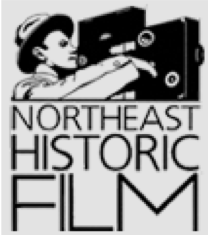
Northeast Historic Film Archive (Maine)
Centered in Buckport, Maine, Northeast Historic Film boasts an archive containing more than 10 million feet of film and 8,000 videotapes. More than 25 years old as an organization, NHF has maintained a 27,000-sq-ft Conservation Center to house its collection in a climate controlled building.
The Peabody Awards Collection consists of over 90,000 titles, with radio programs dating from 1940 and television from 1948. The collection consists of almost all the entries to the awards program since its beginning in 1941. It contains American, local, and more currently, international, electronic media programs, with content from news, documentary, entertainment, educational, children’s, and public service programming. There are radio transcription discs, audiotape, audiocassettes, 16mm kinescopes and prints, 2″ videoreels, videocassettes, websites, and objects associated with the collection. Many of the programs in the collection may be only surviving copies of the work, especially in the case of local radio and television broadcasting. These are all original archival materials. Reference, or “user” copies, are available for much of the collection for use in the University of Georgia Libraries Media Department or at the Special Collections Library.
The Moving Image Research Collections Digital Video Repository (MIRC-DVR) serves MIRC’s preservation and access missions. It aims to engage researchers from all walks of life in the process of discovering, enjoying, and contributing to knowledge about the sounds and images it contains—all without adding wear and tear to the fragile originals in MIRC’s care.

WGBH (Boston)
As America’s preeminent public broadcasting producer, the source of fully one-third of PBS’ prime-time lineup, WGBH has been on the front lines of history for nearly seven decades. WGBH productions – from local radio and television to nationally distributed programming – have documented our collective cultural heritage in moving images and sound. In 1979, WGBH became the first public broadcasting station to develop an archive, staffed by professional archivists. For more than 35 years, MLA staff have preserved, cataloged, and provided access to materials produced by WGBH. WGBH currently manages and preserves nearly 1 million audio, video, film, and digital assets dating back to 1947.
In 2013, the Corporation for Public Broadcasting selected WGBH and the Library of Congress as the permanent stewards of the American Archive of Public Broadcasting, an initiative seeking to identify, preserve and make accessible significant historical content created by public media, and to preserve at-risk public media before its content is lost to posterity. Approximately 40,000 hours of content comprising 68,000 programs, contributed by 100 stations across the country, have been digitized. We provide access to nearly 12,000 of these programs, which are available online at americanarchive.org.

Films Division (Mumbai, India)
The Films Division of India was established in 1948 to articulate the energy of a newly independent nation. For more than six decades, the organization has relentlessly striven to maintain a record of the social, political and cultural imaginations and realities of the country on film. It has actively worked in encouraging and promoting a culture of film-making in India that respects individual vision and social commitment.
It is the main film-medium organization of the Government of India and is well equipped with trained film personnel, cameras, recording and editing facilities. This infrastructure is put to use to assist in- house as well as free-lance film makers and producers.
In its archives, the Films Division of India holds more than 8000 titles on documentaries, short films and animation films.
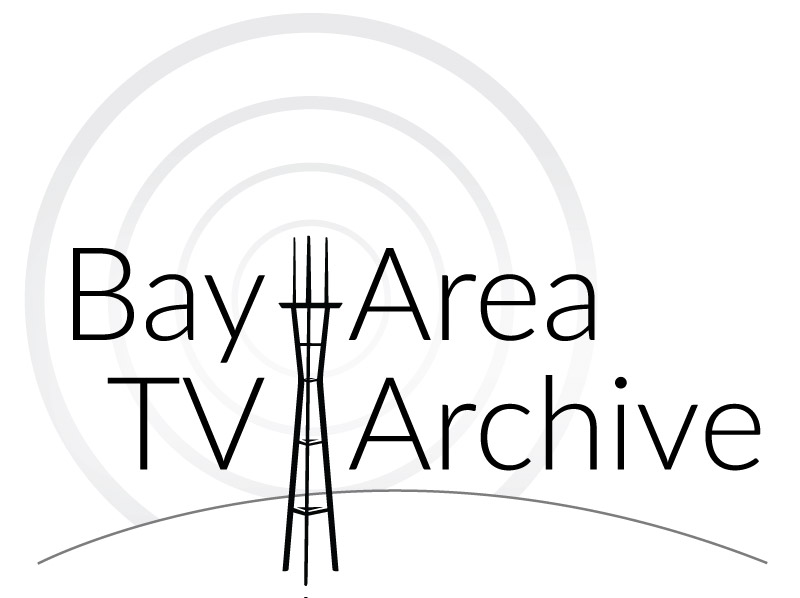
Bay Area Television Archive (San Francisco, CA)
Established in 1982, the TV Archive preserves 6000 hours of newsfilm, documentaries and other TV footage produced in the Bay Area and Northern California from the Twentieth Century. Maintained by San Francisco State’s Leonard Library, the archive oversees material owned by local TV stations KPIX-TV, KRON-TV, KQED and KTVU.

Established in 1935, the BFI National Archive holds one of the largest film and television collections in the world. Dating from the earliest days of film to the live capture of current television content, the collection contains nearly a million titles. Using the latest preservation methods, they care for a variety of obsolete formats so that future generations can enjoy the UK’s film heritage. The films in their collections are a fascinating record of the history, culture and art of filmmaking and TV production, as well as a document of daily life in the UK from the late 19th century to today.
This national museum for film, located on Amsterdam’s IJ harbour, manages more than 40.000 films from all genres. The collection represents an outstanding sample of film history, from classics and blockbusters to cult films. But Eye does not only focus on the past: it also closely follows the latest developments in film by organizing new acquisitions, programs, and debates. The Eye collection dates back to 1946, when the first predecessor of Eye was founded: the Nederlands Historisch Filmarchief. The focus is on films and objects that say something about Dutch film culture; a copy of virtually all Dutch films that come out each year is included in the collection. The collection spans the entire history of film and is expanded with old and new titles every year, from both the Netherlands and abroad.
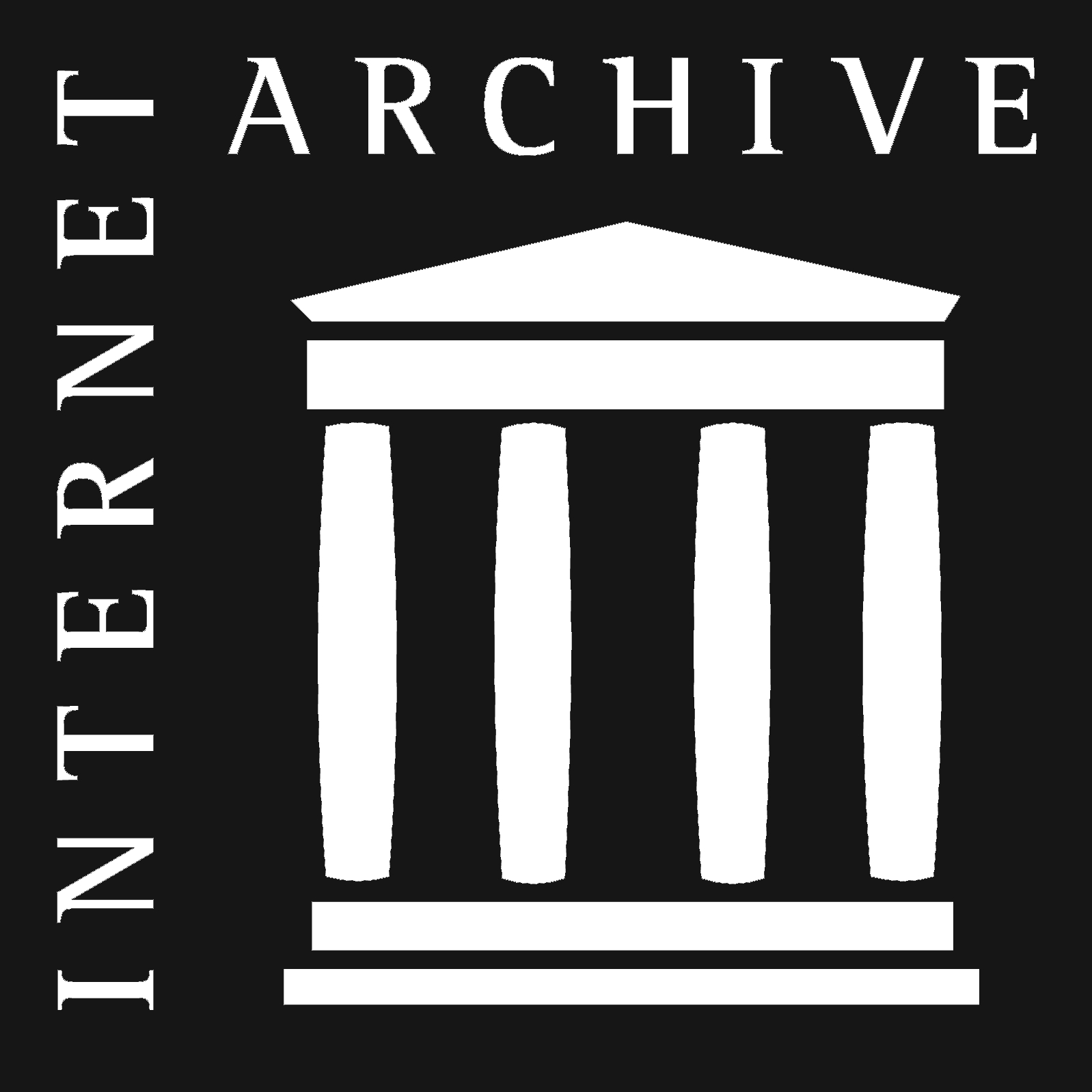
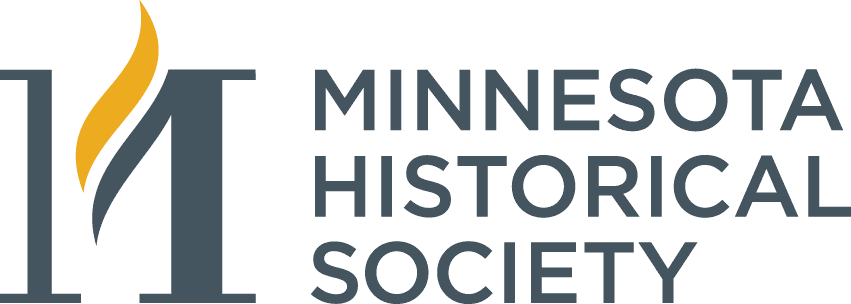
The Minnesota Historical Society was chartered in 1849 by the Minnesota Territorial Legislature, and included among the Society’s objectives “the collection and preservation of a Library.” Today, materials preserved in the State Archives include almost 4,000 units of state and local government in Minnesota.Government records document the fundamental events and aspects of our lives, both routine and extraordinary. These record types illustrate the rich variety of the collections: correspondence, reports, minutes, memoranda, published records, maps, photographs, architectural drawings, microfilm, sound recordings, ephemera, videotapes, and digital content.
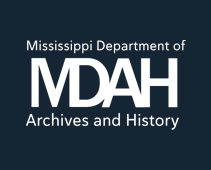
Mississippi Department of Archives and History
The Mississippi Department of Archives and History was founded in 1902 to collect, preserve, and provide access to the archival resources of the state. MDAH is the ultimate primary resource of Mississippi’s historical documents, archival collections, archaeology, artifacts, and more. Their Public Reading Room in Jackson, Mississippi contains nearly 20,000 published works on Mississippi genealogy and related fields, including audiovisual recordings and microfilmed materials, such as census records and newspapers.
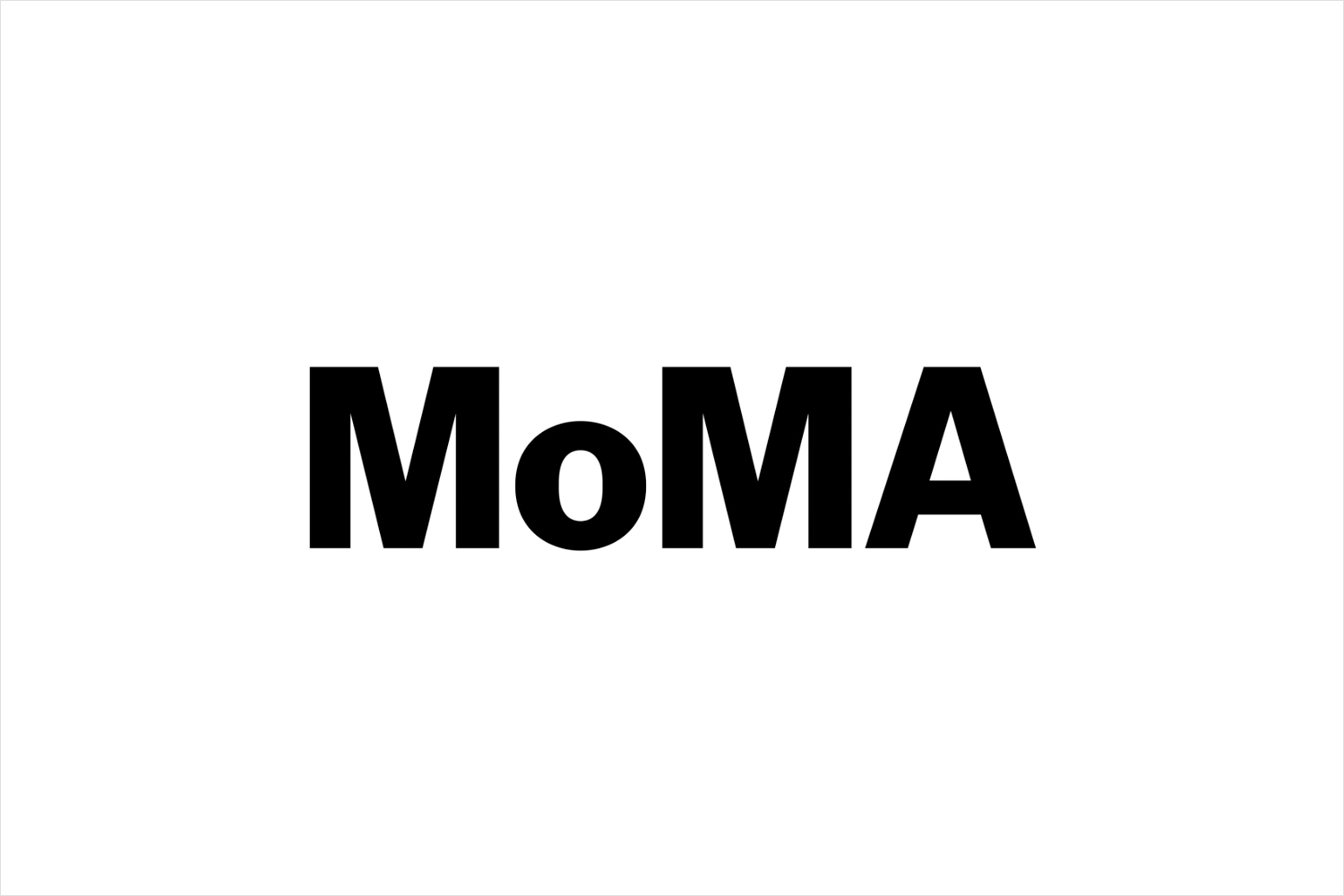
The Museum of Modern Art Archives is an internationally recognized research center for modern and contemporary art. The Archives collects, preserves, and makes accessible nearly 90 years’ worth of the Museum’s historical records, 40 years’ worth of MoMA PS1 records, and other primary source documents concerning art and cultural history in the 20th and 21st centuries, including private archives and papers of artists, galleries, dealers, art historians, critics, and others. The holdings also include an extensive Photographic Archive and interviews conducted as part of the Archives Oral History Program.
The Museum Archives Manuscript Collections consist of materials generated by organizations or individuals important to the history of art from the late nineteenth-century to the present that reflect the Museum’s collections and programming. These collections consist of primary source material, including correspondence, typescripts, reports, research materials, photographs, financial records, scrapbooks, diaries, annotated books, audio-visual recordings, press clippings and printed ephemera. Currently, the majority of manuscript collections in the Museum Archives are in English, with a few in German, French and Russian. In addition, the majority of the material is from North America and Europe, with a small amount from Latin America.

Created in 1999, The David and Barbara Pryor Center for Arkansas Oral and Visual History is an oral history program with the mission to document the history of Arkansas through the collection of spoken memories and visual records, preserve the collection in perpetuity, and connect Arkansans and the world to the collection through the Internet, TV broadcasts, educational programs, and other means. The Pryor Center records audio and video interviews about Arkansas history and culture, collects other organizations’ recordings, organizes these recordings into an archive, and provides public access to the archive.
Founded in 1984 and based at Miami Dade College’s Wolfson Campus, the Lynn and Louis Wolfson II Florida Moving Image Archives houses over 35,000 hours of video tape and 23 million feet of film documenting Florida history.

The Sherman Grinberg Film Library, located in Los Angeles, California, is the world’s oldest and biggest privately held film archive with over 40 moving image libraries, serving Hollywood and the world film community for more than 75 years. The Film Library has more than 20 million feet of classic 35mm B&W film with content dating mostly from 1895 to 1957, just before the television era began. The archive includes the historic Paramount Newsreels, first called Eyes of the World (silent era) and later Eyes and Ears of the World (the “talkies”). It also includes the entire American Pathé newsreel library, which is America’s oldest collection (1895-1956), the Industry on Parade series, Allied Artist Scenic stock footage, and over 3,500 mid-century television and movie theater commercials.
All collection descriptions courtesy archival partners.




